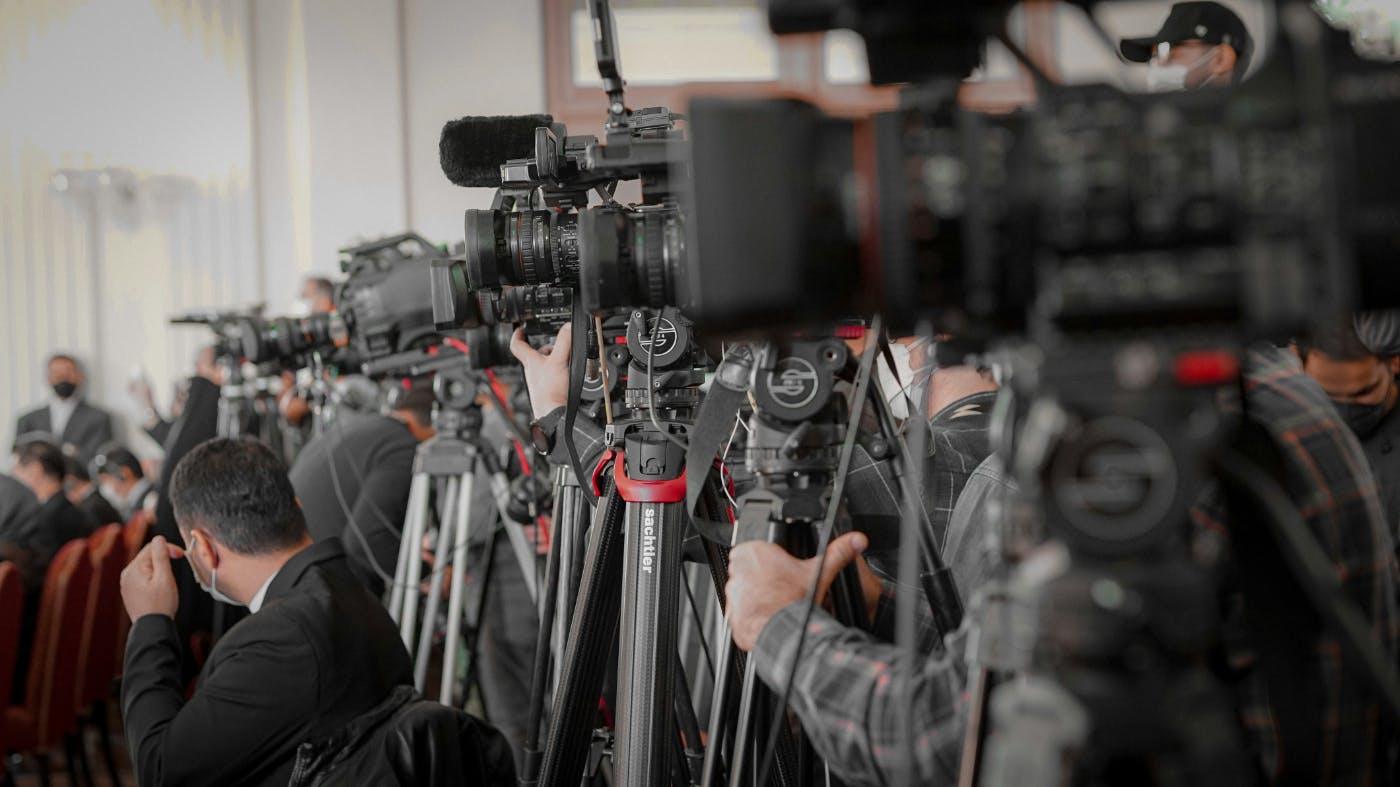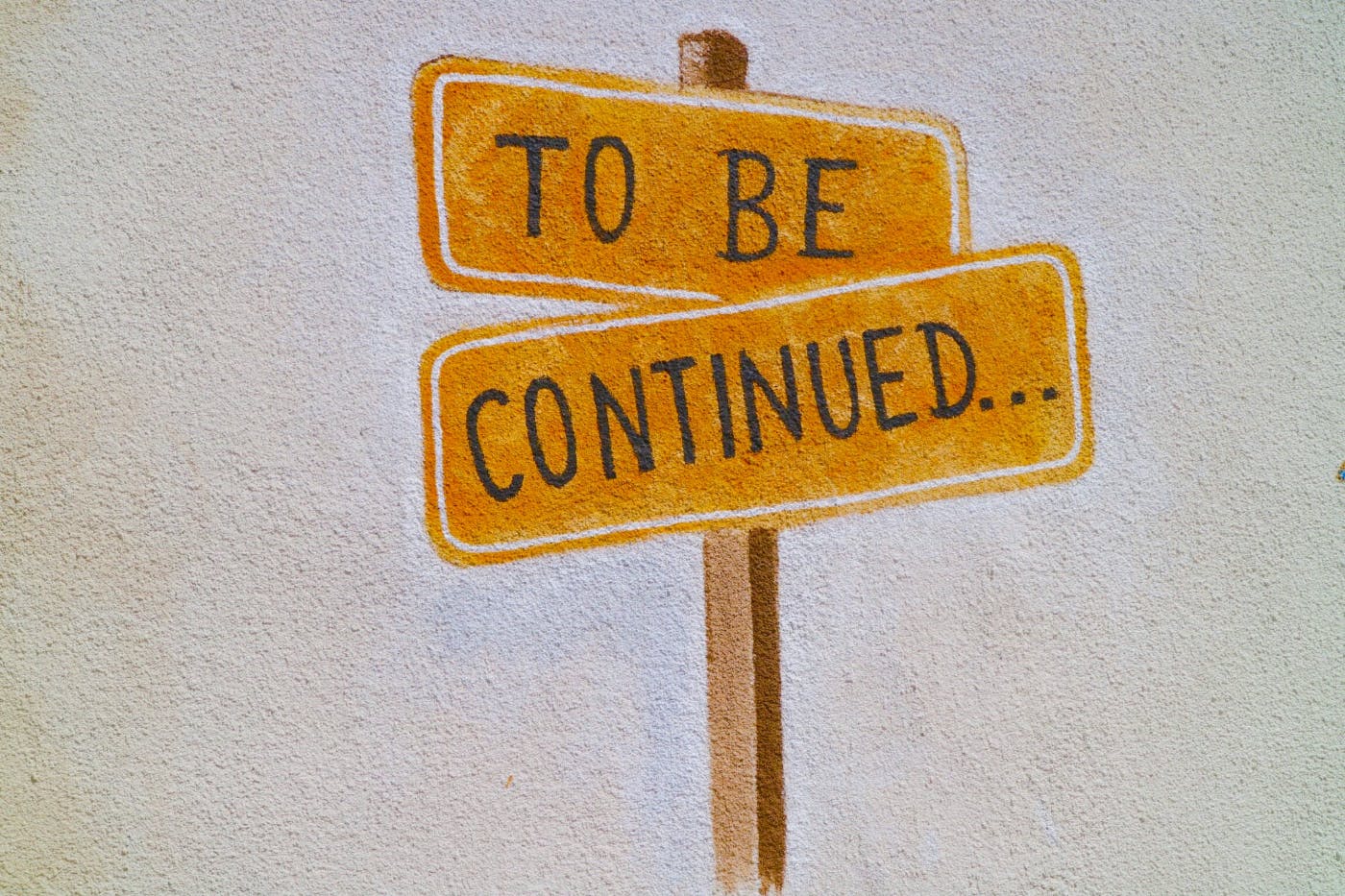

There was a time when advertising didn’t fear silence, space, or storytelling. When headlines invited curiosity, and body copy had the room to build something more than a call to action, it could build a world.
In a world chasing speed and brevity, a copywriter makes the case for slowing down — and writing something worth reading.
When I started being a copywriter, I had nothing. No experience, no references, no copywriting skills per se. Now, I had been writing for a long time. I wrote for Disney. I wrote plays. I have a book of short fiction out there somewhere. But I was never a copywriter.
I had the experience of reading about David Ogilvy and his big idea approach. So I had some—very little—ammunition I could bring to the fight.
My problem with reading about and liking Ogilvy’s style so much was that I live in a different era. And my style as a writer, though it falls in line with Ogilvy’s, was too long. I write too much, I was told from day one.
I did learn to tighten up. But I’m still drawn to long pieces of copy—longer stories that involve the human condition.
Still, too long.
I loved reading his description of the Rolls-Royce: “At 60 miles an hour, the loudest noise in this new Rolls-Royce comes from the electric clock.”
His weaving of images and his storytelling were what caught me. But I was looking at his work from a fiction writer’s point of view—and from decades beyond his time.
Now, we’re all GIFs and TikToks: images and video. There seems to be no time for long-form, graceful paragraphs, full stories, or thought-provoking copy. It’s all got to be consumed in seconds—milliseconds—or people lose interest.
But is that true?
Do people not want to read well-written, graceful copy, or are we just telling ourselves that? Have we, in the business, decided that people won’t read longer copy?
Have we decided that technology is the answer, and anything even slightly anti-tech gets whisked away?
Do people really refuse to read—or did we just stop writing good, long-form copy and decide the consumer wants it that way?
Is TikTok the answer? Or have we grown too lazy? Or is it simply more conducive to sales if we make the market believe long copy is dead?
Ogilvy still stands as the icon—the father of advertising. What he said and did still resonates today. Right?
So the question now is:
Does the general public really no longer respond to long-form copy, or have we in the business just told them they don’t?

Then vs. Now – Changing Media Landscapes
There was a time when advertising didn’t fear silence, space, or storytelling. When headlines invited curiosity, and body copy had the room to build something more than a call to action, it could build a world.
Think about the classic campaigns from the 1950s and 60s: Ogilvy’s Rolls-Royce, Volkswagen’s “Think Small,” Avis’ “We Try Harder.” These ads didn’t rush. They didn’t assume disinterest. They presumed the audience had time, intelligence, and maybe even the desire to be persuaded. The words mattered — not as decoration, but as the engine.
Ogilvy’s famous Rolls-Royce headline — “At 60 miles an hour, the loudest noise in this new Rolls-Royce comes from the electric clock” — is more than just clever. It’s cinematic. It makes you hear the silence, feel the smoothness, and see the luxury. It isn’t loud, but it lingers. It speaks to a level of craft we rarely see today.
Back then, copy wasn’t trying to beat the clock. It was trying to connect.
But today, speed is the virtue. Scroll velocity matters more than dwell time. Attention has become a commodity — fleeting, fragile, and measured in milliseconds. We’re told people “don’t read anymore.” And so we act accordingly. Headlines get shorter. Paragraphs get sliced into fragments. Emotional arcs are replaced with algorithmic relevance. The average brand voice now sounds more like an app notification than a human being.
It’s not that change is bad. Platforms have changed. Expectations have changed. The pace of life — the rhythm of how we receive information — has undeniably changed. And marketers have had to adapt.
But adaptation isn’t the same as abandonment.
The question isn’t whether we should write for the modern attention span. The question is whether we've misunderstood it. Have people truly lost their desire for depth? Or have we lost our nerve to write with it?
Because here's where things get interesting — and a little uncomfortable:
Maybe the audience hasn’t changed as much as we’ve told ourselves. Maybe the problem isn’t out there. Maybe it’s in here — in the industry itself.
The Industry Narrative – Are We Leading or Following?
At some point, the narrative shifted — not because the audience stormed the gates demanding shorter copy, but because the industry preemptively flinched. We stopped asking what people needed and started assuming what they wouldn’t tolerate.
We said, “People don’t read.”
We said, “Everyone scrolls.”
We said, “It’s got to be fast, clickable, snackable.”
And in doing so, we rewrote the rules — not based on deep insight, but on fear. Fear of losing the lead. Fear of being skipped. Fear of feeling outdated in a digital world that updates by the second.
But the question is: were those fears ever really tested?
Because when we actually look at the data, we find a more nuanced story. People do read — they just don’t read boring. Long-form journalism is thriving on platforms like Substack and Medium. Brand storytelling has found new life in newsletters, podcasts, and documentary-style video series. Even on TikTok, some of the most engaging creators aren't the ones cramming into 15 seconds — they’re the ones who tell compelling, serialized stories over time.
People don’t reject depth. They reject empty.
But we, the marketers, the agencies, the strategists—often don’t give them the chance to engage deeply. We edit for speed. We kill nuance in favor of clarity. We flatten voice to fit the mold. And then we call it audience insight when it’s really just audience assumption.
And here's the irony: the more we insist people have no attention span, the more we create work that reinforces it. We condition the market by catering to its worst impulses — and then call it inevitability.
We didn’t just respond to short attention spans.
We helped create them.
And maybe that's the real crisis here: not that long copy is dead, but that we’re the ones who quietly buried it.
But what if we’ve misread the signals? What if, underneath the noise, there’s still a human appetite for story, texture, and resonance? Before we mourn the death of long-form, maybe we need to look more closely at the human brain itself — and what actually holds attention when it’s done well.

The Human Brain Still Loves Story
Despite all the hand-wringing over dwindling attention spans, one truth remains unchanged: the human brain is wired for story.
Stories are how we make sense of the world. They’re how we remember. How we empathize. How we decide. Long before advertising, before commerce, before even written language, we had stories. Around fires, in caves, whispered across generations. Narrative is our oldest interface — more intuitive than any touchscreen.
And while technology may have changed the medium, it hasn’t changed the wiring.
Consider how people binge-watch ten hours of television on a weekend. Or how they’ll fall down a YouTube rabbit hole, devouring one long-form video essay after another. Or how certain newsletters have grown subscriber lists into the millions simply by telling thoughtful, well-crafted stories in an inbox. The New York Times’ most-read pieces aren’t always the shortest — they’re the most immersive. People still read novels. They still listen to hour-long podcasts. They still follow serialized dramas over months.
The truth is, attention isn’t dying. It’s just more selective.
People will invest time — a lot of time — in something that rewards their attention. And when copy is built like a story, not just a message, it taps into that primal circuitry. The structure of a good story — tension, character, stakes, resolution — makes content not just consumable, but memorable.
So maybe the problem isn’t that people can’t focus. Maybe it’s that too much of what we serve them isn’t asking them to.
And that brings us to a more tactical, grounded question: if people still crave meaningful narrative, why aren’t more brands delivering it? Why is long copy still treated like a risk, or worse, a relic? Maybe it’s not the audience we don’t trust. Maybe it’s ourselves.
Long Copy Isn’t Dead. It’s Just Rare.
Scroll through most brand websites today, and you’ll see it: the race to the bottom of the word count. Hero banners with five-word headlines. Value props in bullet-point fragments. Paragraphs stripped of all nuance until they sound like the packaging on a protein bar.
And yet, here and there, you’ll find exceptions — glimmers of something bolder. Brands willing to slow down. Copy that invites you in, rather than just pushing you through. You’ll see it in the fine print of Patagonia’s mission statements. In the full-page Apple product descriptions that explain, in detail, the design thinking behind a hinge, a chip, a camera. You’ll find it in the long-form manifestos from brands like Mailchimp or Liquid Death — copy that doesn't just sell, but tells.
These are the brands that remember something the rest of us forgot: people don’t fall in love with bullet points. They fall in love with personality, specificity, and honesty. And that kind of connection often takes more than a headline and a CTA.
The truth is, long copy never really went away — it just got pushed aside by urgency. But the brands that are winning hearts and loyalty today aren’t necessarily the ones shouting the loudest or shortest. They’re the ones telling stories with depth, voice, and purpose.
And here's what’s interesting: these long-copy efforts don’t feel like indulgence. They feel like relief, like someone finally slowed down long enough to talk like a human.
We say we want efficiency, but what we actually crave is clarity. We want confidence. We want to feel like someone thought through what they’re saying and said it well.
So maybe long copy isn’t a dying art. Maybe it’s an underused advantage. One that belongs not to the past, but to the brave — those willing to trust the audience, trust the craft, and take the time to say something worth hearing.
Because in a landscape crowded with noise, length isn’t the risk. Forgettability is.
And if that’s true, then the real challenge isn’t just tactical — it’s philosophical. It’s about what kind of creative work we want to make, and what kind of attention we believe is still possible to earn.

Summing Up: A Call to Reclaim the Craft
We’ve spent years adapting, adjusting our writing to fit faster platforms, tighter formats, shrinking screens. And yes, some of that was necessary. But in the process, we’ve surrendered something essential: not just word count, but intent.
Copywriting was never supposed to be about brevity for brevity’s sake. It was about connection. Persuasion. Personality. It was about taking the time to say something in a way that made people stop, feel, and remember.
What’s been lost isn’t just length. It’s trust in the audience and in ourselves. Trust that people are capable of engaging deeply. Trust that they’re not just hungry for speed, but for substance. Trust that attention can be earned, not just chased.
And here’s the quiet truth behind all this: long copy isn’t a rebellion against modernity. It’s a return to respect. It respects the reader’s intelligence, their time, and their desire to be moved, not just marketed to.
So maybe the next big innovation in copywriting isn’t shorter, punchier, faster.
Maybe it’s braver.
Braver to write fully. To tell the whole story. To slow the scroll with something worth stopping for.
This isn’t a nostalgic plea for the past — it’s a challenge to the present. Let’s stop asking how quickly we can say something and start asking how deeply we can make it matter.
Because when the writing is honest, well-crafted, and human, people will read.
